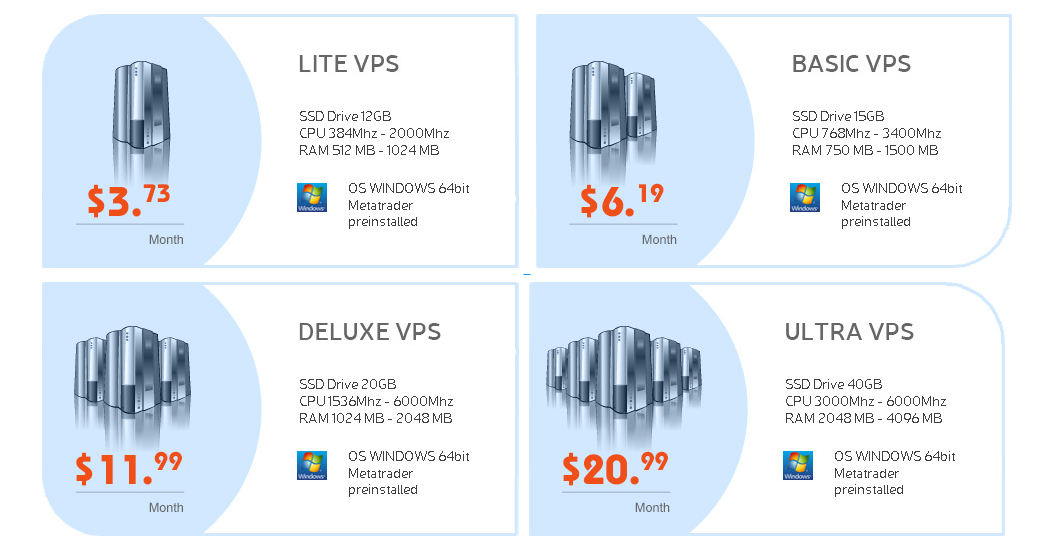Contracts for Difference (CFDs) have become increasingly popular in the last two decades, offering retail traders a wide range of investment opportunities beyond traditional equity shares. There are two primary CFD trading strategies: technical analysis and financial news analysis.
Technical Analysis Strategy:
Technical analysis plays a crucial role for short-term traders seeking to predict market direction. By observing market indicators and key support and resistance levels, traders can enhance their probability of making successful trades. Key technical indicators, such as moving averages, momentum indicators, and trendlines, help identify potential entry and exit points for trades.
Financial News Analysis Strategy:
Financial news can also predict market direction, and early access to such news is crucial. Earnings reports, insider trading reports, mergers and acquisitions, and executive turnover can foreshadow changes in the value of associated financial instruments. Traders must stay well-informed to capitalize on news events that influence market movements.
Risk Management in CFD Trading:
While these strategies can lead to profitable trades, CFD trading is not risk-free. Traders must develop a robust risk management plan to protect their capital. Setting entry and exit points, using stop-loss orders, and applying sound money management principles are essential to maximize trading success.
Characteristics of a Successful CFD Trading System:
A successful CFD trading system should identify potential investments with a positive reward-to-risk ratio and have clear entry and exit methodologies. It should also determine the size of the position based on risk tolerance. Traders need to be mindful of losses and profits while executing trades.
When to Invest in CFDs:
Before engaging in CFD trading, investors should carefully consider whether CFDs suit their investment goals and risk tolerance. CFDs are designed for short-term trades, and traders must weigh the costs of speculating through CFDs against direct trades. Short-term trades with no financing costs may make CFDs more cost-effective.
Advantages of CFD Trading:
CFD trading offers various advantages, including liquidity mirroring the underlying market, leveraged trades, tax-efficient structures, lower transaction costs, transparent execution, and the ability to profit from both rising and falling markets. Investors can also access multiple markets through one account and trade after-hours in active markets.
Disadvantages of CFD Trading:
Despite the advantages, CFD trading has some drawbacks, such as magnified losses due to margin leverage, higher risks, daily finance charges, and the requirement for collateral. Traders also lack shareholder rights and cannot transfer their positions to other providers.
In conclusion, CFD trading offers a versatile and potentially profitable investment opportunity for traders. However, success in CFD trading requires careful planning, risk management, and continuous monitoring of market conditions and news events. By understanding the various strategies and characteristics of CFD trading, investors can make informed decisions and increase their chances of success in this dynamic market.
